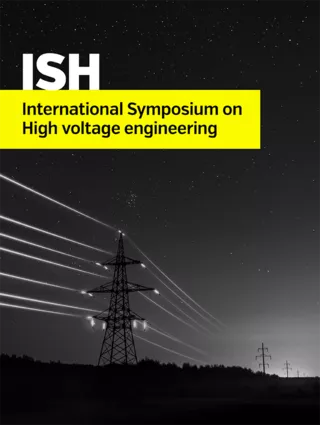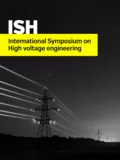Summary
Moisture leads to deterioration of oil-impregnated paper. Locating the water-ingress along paper-insulted lead-covered (PILC) cables is a challenge for utilities. This paper proposes a method to detect the water ingress based on change in the cable's characteristic impedance. The impedance variation causes non-homogeneous propagation for high frequency signal along the cable, where signal reflection occurs. This reflection can be utilized for water ingress location. Experiments are performed to verify the principle. A three-core medium voltage PILC cable with about 80 m length is used in the experiment. Water is pressed into the cable insulation via a hole made in the lead sheath. Measurements are performed before, midway and after water ingress. Two approaches are implemented: time domain reflectometry (TDR) and frequency domain impedance scan by means of a network analyser (NA). The first approach locates the water ingress directly based on the reflected signal due to the impedance variation caused by water. The second approach measures the impedance of the cable connection in a wide frequency range and transforms the impedance scan result into time domain via the inverse Fourier transform. Results of these two approaches are compared and quantitative analysis of water content is investigated based on simulation.
Additional informations
| Publication type | ISH Collection |
|---|---|
| Reference | ISH2015_638 |
| Publication year | |
| Publisher | ISH |
| File size | 329 KB |
| Price for non member | Free |
| Price for member | Free |
Authors
LI Yan, Wouters Peter A. A. F., Wagenaars Paul, Wielen Peter C. J. M. van der, Steennis E. Fred


